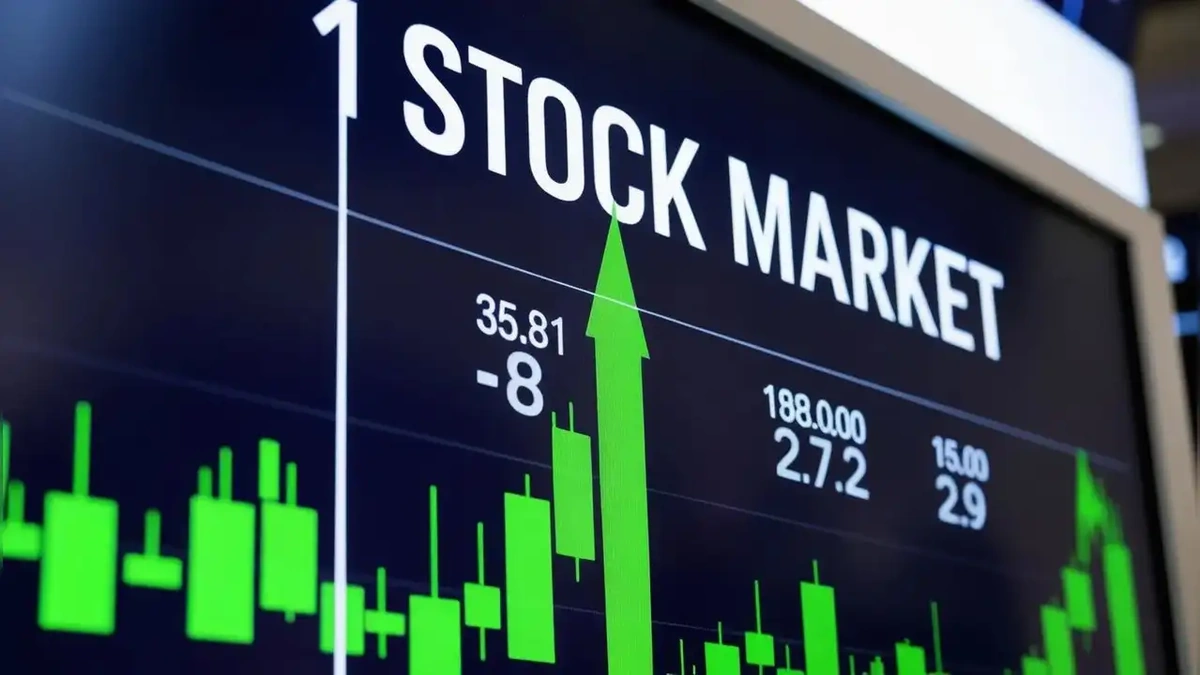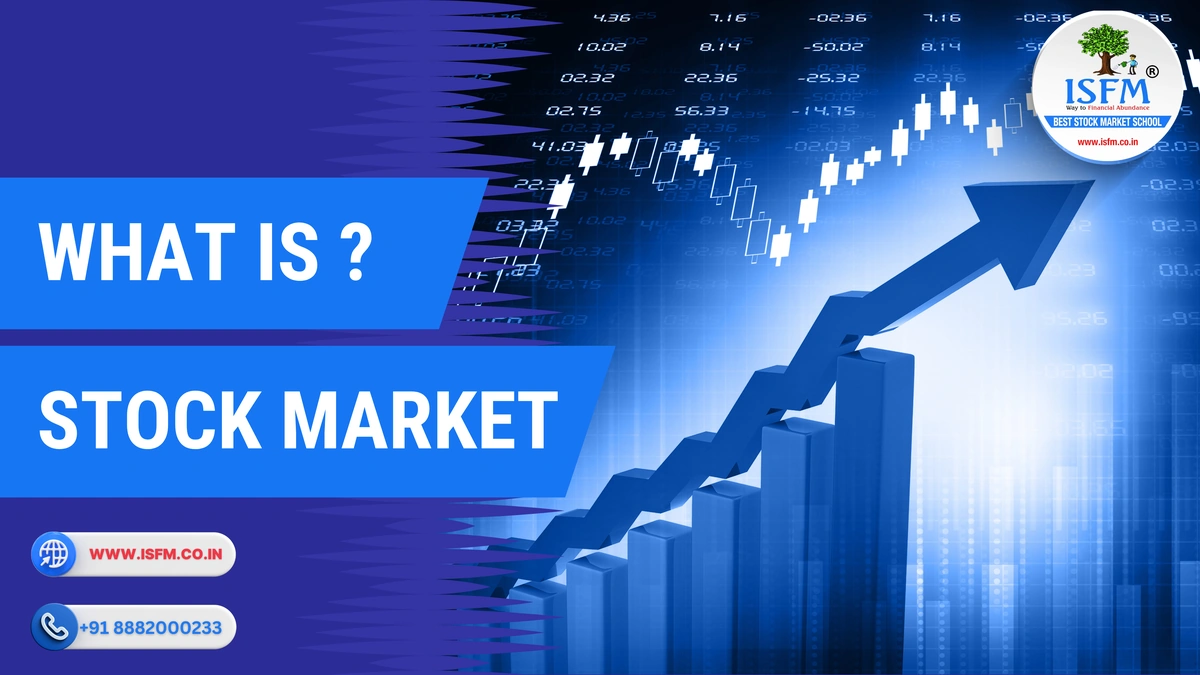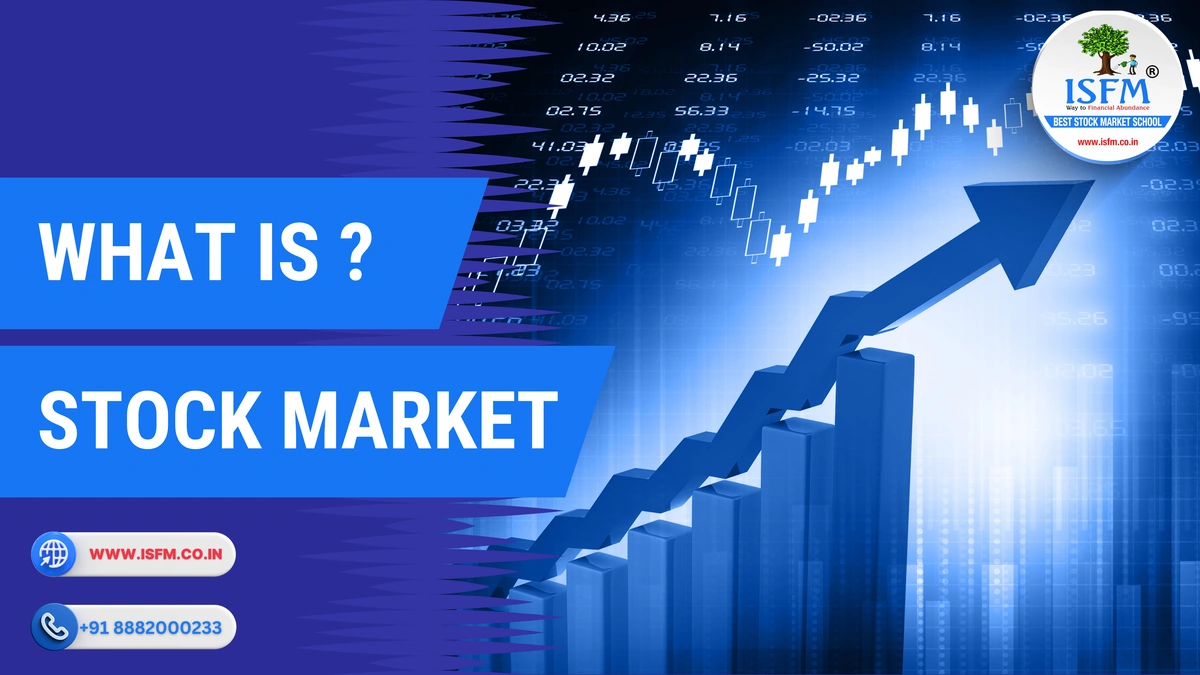Silver ETF Price Discrepancy | Understanding the Premium Over Physical Silver
Ever looked at the price of silver ETFs and wondered why it doesn’t exactly match the spot price of physical silver? Here’s the thing: it’s a question many Indian investors grapple with. And let’s be honest, the seemingly simple question of investing in precious metals can quickly turn complicated when you start noticing these discrepancies. The truth is, understanding this price difference is crucial if you’re considering adding silver to your investment portfolio. So, let’s dive in and unravel this mystery, shall we?
What Creates the Silver ETF Premium?

So, why does this premium over physical silver exist in the first place? It’s not as straightforward as you might think. It’s a mix of a few key factors, each adding a little something to the final price tag. A common misconception I see is that silver ETF price should mirror spot prices, but that’s simply not how it works. Let me break it down.
First, there are the costs associated with managing the ETF itself. Think of it like running any business – there are expenses! These ETFs have management fees, brokerage costs, and operational expenses. These costs are then reflected in the ETF’s price, contributing to that premium. And then there is a cost associated with the silver itself, that adds to the silver price volatility .
Second, supply and demand play a significant role. If there’s a surge in demand for a particular silver ETF, its price can rise above the net asset value (NAV) of the underlying silver it holds. This is particularly true in the Indian market, where demand for silver as an investment and store of value is strong. The interplay of these factors is what creates the premium you see.
Third, the logistics of acquiring and storing physical silver aren’t cheap. ETFs have to buy and store massive quantities of silver, and this incurs costs. These costs, guess what, are passed on to the investor in the form of a slightly higher price. This is something that I initially thought was a minor factor, but the more I looked into it, the more I realized how impactful it can be, especially for larger ETFs.
The Impact of Market Sentiment
Market sentiment, particularly in a country like India where cultural affinity towards silver is strong, can amplify the price discrepancy. If investors are bullish on silver, they’re more likely to buy silver ETFs, driving up the price. This is true even if the underlying silver price remains relatively stable. Silver is often viewed as a safe haven asset, which can contribute to increased demand and higher premiums during times of economic uncertainty. Tapping into this sentiment is critical for ETF providers.
But, and this is important, keep an eye on global economic indicators. Interest rates, inflation data, and geopolitical events can all influence silver prices, and, by extension, the premiums on silver ETFs. A strong dollar, for example, can sometimes put downward pressure on silver prices.
How to Make Informed Investment Decisions
So, how can you, as an investor in India, navigate this situation and make smart decisions? It starts with doing your homework. Research different silver exchange traded funds , compare their expense ratios, and understand their investment strategies. A common mistake I see people make is not paying close enough attention to the fine print. Don’t just look at the price; dig deeper.
One strategy is to monitor the premium or discount of the ETF relative to its NAV. A consistently high premium might suggest that the ETF is overvalued, while a discount could indicate an undervalued opportunity. However, don’t make investment decisions based solely on the premium or discount. Consider the overall market conditions and your own investment goals.
Consider diversification. Don’t put all your eggs in one basket. Silver ETFs can be a part of a well-diversified portfolio, but they shouldn’t be the only investment you hold. Spreading your investments across different asset classes can help mitigate risk and improve your overall returns.
Alternatives to Silver ETFs
What if you’re not completely sold on silver ETFs? Well, you’ve got options. You can invest directly in physical silver (bars, coins, jewelry), though that comes with storage and insurance hassles. Another option is silver mining stocks, but these are generally riskier than ETFs since they’re tied to the performance of individual companies. Also keep in mind, that trading is a game of probability, so its important to keep in mind how silver trading volume can effect the stock price.
There are also silver futures contracts, but these are best left to experienced traders due to their complexity and potential for high leverage. Ultimately, the best option depends on your individual risk tolerance, investment goals, and understanding of the different investment vehicles. It’s crucial to align your investment strategy with your personal circumstances.
One key factor to remember in this situation is to avoid emotional investment decisions. The one thing you absolutely must double-check is that you are not acting out of fear or greed. Market volatility can trigger strong emotions, but it’s important to remain rational and stick to your investment plan. Don’t let short-term price fluctuations dictate your long-term investment strategy.
Factors Influencing Future Premiums
What factors could influence silver ETF premiums in the future? Well, regulatory changes, technological advancements in silver mining, and shifts in global economic policy could all play a role. For instance, new regulations on ETF trading could impact their cost and liquidity, thereby affecting premiums. Changes in industrial demand for silver (it’s used in electronics, solar panels, and other applications) can also influence prices.
Also, keep an eye on the development of new silver ETF products. Innovative ETFs with different investment strategies could emerge, offering investors new ways to access the silver market. These new products could also impact the premiums of existing ETFs.
FAQ | Silver ETF Price Discrepancy
Why is there a price difference between silver ETFs and physical silver?
Silver ETF price reflects management fees, storage costs, and supply-demand dynamics, causing a premium over spot prices.
Are silver ETFs a good investment in India?
Silver ETFs can diversify a portfolio, but research expense ratios and market conditions before investing.
How can I monitor the premium of a silver ETF?
Track the ETF’s price relative to its Net Asset Value (NAV) on financial websites or brokerage platforms.
What are the risks of investing in silver ETFs?
Risks include market volatility, management fees, and the potential for the ETF to trade at a premium or discount to its NAV.
Are there alternatives to investing in silver ETFs?
Yes, you can invest in physical silver, silver mining stocks, or silver futures contracts.
How does global economic policy impact silver ETF premiums?
Changes in interest rates, inflation, and geopolitical events can influence silver prices and ETF premiums.
So, while the price discrepancy between silver ETFs and physical silver might seem perplexing at first, understanding the underlying factors can empower you to make more informed investment decisions. Don’t be afraid to ask questions, do your research, and seek advice from financial professionals. And remember, investing is a marathon, not a sprint. Keep your eyes on the long-term goal, and you’ll be well on your way to building a successful investment portfolio. Remember that it is never a guarantee, and silver investing is a high-risk activity.













